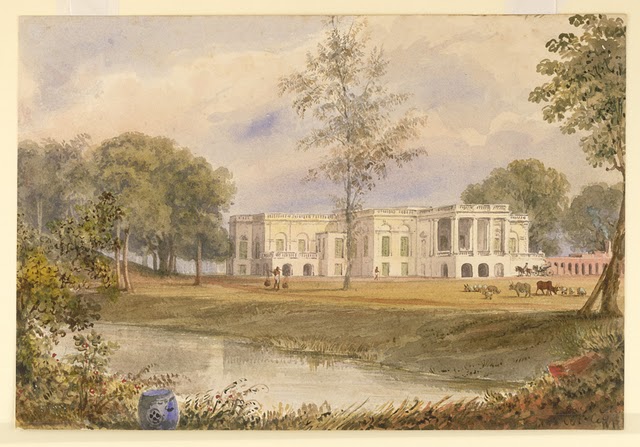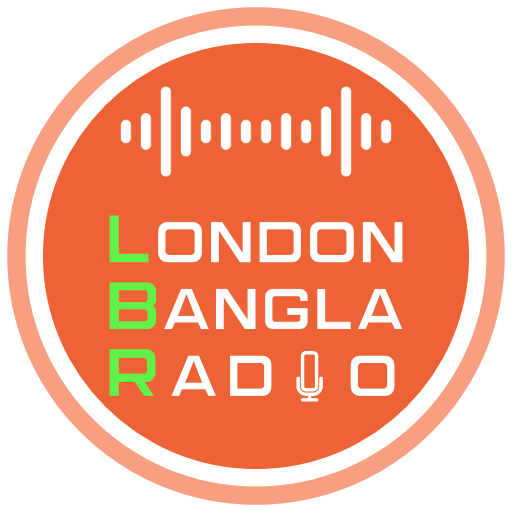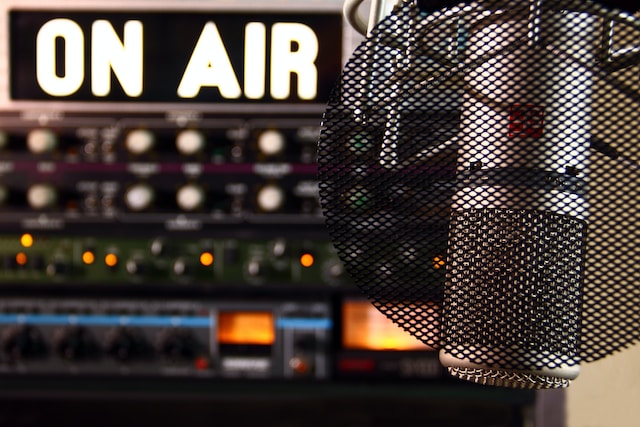Listeners:
Top listeners:
-
play_arrow
London Bangla Radio Broadcasting Bangla 24/7
-
play_arrow
Sylheti Music Radio Sylheti Music 24/7
-
play_arrow
Islamic Sound Radio Islamic radio channel
-
 play_arrow
play_arrow
Alokito Gojol - Episode 2

The history of Bengali radio is a captivating tale of innovation, cultural preservation, and the power of broadcasting to connect people across geographical boundaries. It began as a humble experiment and has evolved into a dynamic medium that has played a significant role in shaping the cultural and social landscape of West Bengal and beyond. This article takes you on a journey through time, exploring the fascinating history of Bengali radio.
The Birth of Radio in Bengal
Radio broadcasting in Bengal dates back to the early 1920s when the British colonial administration introduced this new form of communication. It all began with experimental broadcasts by the Imperial Wireless and Cable Conference in Kolkata (then Calcutta), the capital of British India. These initial broadcasts were primarily intended for the British expatriate community.
The Historic Broadcast of 1927
The first official radio broadcast in Bengali took place on August 26, 1927. It was a historic event, as it marked the commencement of regular radio programming in the Bengali language. The transmission was done from the Belvedere Estate in Kolkata and included speeches, music, and updates on various topics. The success of this event laid the foundation for further radio development in Bengal.

Image: Belvedere Estate in Kolkata
The Growth of Radio in Pre-Independence India
Radio broadcasting continued to gain popularity in Bengal and across India. By the late 1930s, radio was no longer the exclusive domain of the British elite, and it became an essential source of information and entertainment for the masses. The radio medium played a crucial role in disseminating news, culture, and the struggle for Indian independence.

Image: Birendra Krishna Bhadra
In 1931, Mahalaya was first broadcast over the radio in Akashvani, Calcutta.
Post-Independence Era
With India gaining independence in 1947, the radio underwent significant changes. The All India Radio (AIR), under the Ministry of Information and Broadcasting, became the official radio broadcaster. Bengali radio, like other regional services, expanded its programming to cater to the diverse cultural, linguistic, and social needs of the people in West Bengal and the larger Bengali-speaking population.
Bengali Radio’s Role in Cultural Preservation
Bengali radio played a pivotal role in preserving and promoting the rich cultural heritage of West Bengal. It featured programs that highlighted Bengali literature, music, art, and theatre. Radio dramas and performances of Rabindra Sangeet (songs by Rabindranath Tagore) became immensely popular, allowing listeners to connect with their cultural roots and traditions.
The Advent of Private FM Stations
While All India Radio remained the primary source of radio content, the late 20th century witnessed the emergence of private FM radio stations in India. These stations injected a new wave of enthusiasm and innovation into Bengali radio. They introduced interactive talk shows, contemporary music, and a more modern approach to programming.
The Digital Age and Online Streaming
With the advent of the internet and digital technology, Bengali radio has transitioned into the online realm. Today, listeners can tune in to their favorite Bengali radio stations from anywhere in the world, thanks to live streaming services and dedicated mobile apps. This has expanded the reach and accessibility of Bengali radio programming.
The history of Bengali radio is a remarkable journey that reflects the evolution of broadcasting in India and the power of radio to connect people, preserve culture, and inform the masses. From its humble beginnings in the 1920s to its contemporary presence in the digital age, Bengali radio continues to play a crucial role in the lives of millions of people, both in West Bengal and the global Bengali diaspora. It remains a cherished medium that not only entertains but also serves as a cultural bridge, bringing people closer to their roots and their shared heritage.
Written by: admin
Similar posts
COPYRIGHT @ London Bangla Radio Privacy Policy | Streaming Royalties




